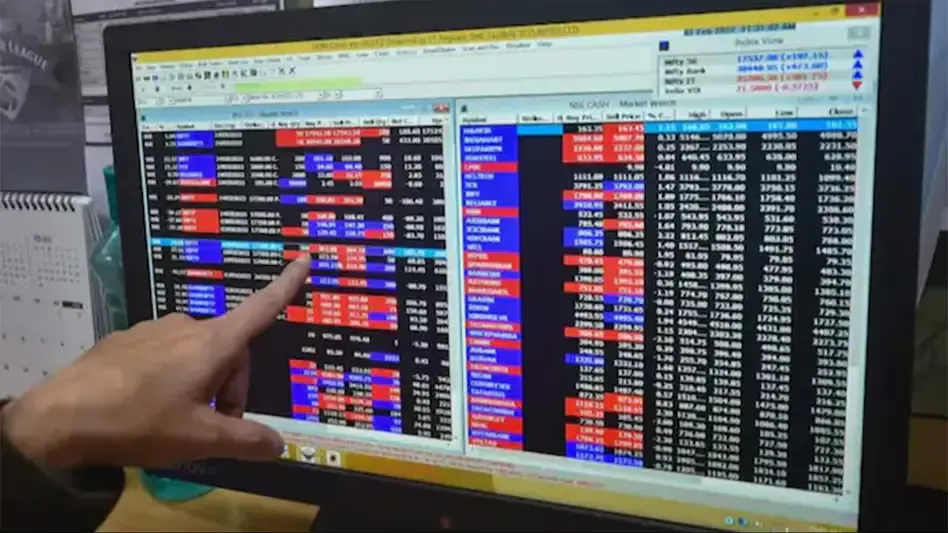 |
| In FY25, FIIs could invest more in the equity markets; see top stocks and sectors for recommendations. |
In FY24, global investors contributed Rs 2.08 lakh crore to the domestic equity market and Rs 1.21 lakh crore to the debt market.
Foreign institutional investors' (FIIs') inflows are anticipated to remain high in the fiscal year 2025 due to the economy's strong growth and the pace of profits development. Global investors had previously invested Rs 1.21 lakh crore in the loan market and Rs 2.08 lakh crore in the domestic stock market in FY24. As a consequence, the BSE Sensex, the benchmark stock index, increased by about 25% in the 12 months leading up to March 2024, while the BSE Midcap and BSE Smallcap, two broader indexes, increased by 63% and 60%, respectively.
In the meantime, domestic equities market foreign portfolio investment (FPI) holdings fell to a decadal low of 16.6% in 2023, mostly as a result of a selloff brought on by portfolio underperformance and an increase in US bond rates. Alchemy Capital Management's Head Quant and Portfolio Manager, Alok Agarwal, stated: "FPI inflows in FY24 remained robust, indicating continued foreign investor confidence in the Indian market, even with the decline." Furthermore, domestic mutual funds and direct retail investors have significantly increased their free float ownership of NSE-listed companies, thereby reducing the influence of FPI flows. This has helped to counterbalance the impact of FPI outflows. The rise of retail investors in the domestic stock market has also been instrumental in this regard.
According to him, India is one of the few major economies that has double-digit growth in nominal GDP, double-digit increase in corporate profitability, and double-digit return on equity. "We anticipate sustained strong foreign direct investment (FDI) flows and their subsequent escalation in their market share in India," stated Agarwal.
As of March 15, 2024, FIIs held assets in the Indian financial services industry valued at Rs 18.29 lakh crore. According to NSDL statistics, information technology came in second at Rs. 6.45 lakh crore, followed by oil, gas and consumable fuels at Rs. 5.80 lakh crore, automobiles and auto components at Rs. 4.39 lakh crore, FMCG at Rs. 4.11 lakh crore, healthcare at Rs. 3.62 lakh crore and capital goods at Rs. 2.85 lakh crore.
Geojit Financial Services' chief investment strategist, VK Vijayakumar
"The FPIs were compelled to remain buyers in India due to the robustness of the Indian stock market and the improving macroeconomic conditions in the country. It's likely that this tendency will continue.
"With a consistent flow from domestic institutional investors (DII) and now if steady FII participation resumes, there is potential for India to surpass a 20% weighting in the MSCI EM Index by the second half of 2024 itself," Nuvama Institutional Equities stated in expressing its opinion on the strong inflows of institutional investors.
As of December 2023, FIIs owned a 71.93% holding in CarTrade Tech and a 64.42% investment in Samhi Hotels, according to data provided by Ace Equity. Additionally, they owned 62.71% of Delhivery and 63.72% of Paytm. Additionally, more than 50% of shares in a number of other businesses, including 360 One Wam, Redington, Zomato, Axis Bank, Five-Star Business Finance, Shriram Finance, HDFC Bank, and Max Financial Services, were owned by foreign investors.





















 StoryMAG is an amazing news site that covers all of the world news, tips, tech news etc.
StoryMAG is an amazing news site that covers all of the world news, tips, tech news etc.